Introduction to Online Autism Tests and Their Importance
In recent years, online autism tests have gained popularity as accessible, convenient tools for initial screening. With technological advancements, many individuals and caregivers turn to these digital assessments to identify potential signs of autism spectrum disorder (ASD). While these tools can provide valuable insights, it is essential to understand their accuracy, limitations, and how they fit into the broader diagnostic process. This article explores the validity of online autism screening tools, their role in early detection, and why professional evaluation remains crucial for a definitive diagnosis.
The Role of Online Autism Tests in the Diagnostic Journey
How online tests function as initial screening tools
Online autism assessments serve as valuable first steps in the identification process. These tools are typically questionnaires or symptom checkers designed to indicate whether a person exhibits behaviors associated with autism spectrum disorder (ASD). They are accessible via websites and are often created in partnership with clinicians, aligning with standards like the DSM-5. Although they are not diagnostic by themselves, they help caregivers and individuals recognize potential signs early on, prompting further evaluation.
Their use in early detection and referral process
Early screening with online tools can significantly impact access to services. For example, children as young as 12 months may show initial signs, and recognizing these early can facilitate timely referrals to healthcare professionals. Many tools, such as the Autism Spectrum Quotient (AQ-10) or self-report questionnaires like the RAADS–R, provide initial insights. When results suggest possible autism, they guide families to seek comprehensive professional assessments, including questionnaires, observations, and developmental interviews. During the COVID-19 pandemic, telehealth assessments and online screening became especially important for reaching underserved communities.
Limitations in providing an official diagnosis
Despite their usefulness, online autism tests cannot replace clinical evaluation. They are not validated diagnostic tools but screening aids that suggest the possibility of ASD. Limitations include reliance on self-reporting, which can introduce bias or inaccuracies. Online tools also cannot observe nuanced behaviors, interpret complex social cues, or consider developmental history as thoroughly as in-person assessments. Therefore, a positive or indicative online result should always lead to a formal assessment by qualified professionals, such as developmental pediatricians or psychologists, to confirm a diagnosis.
| Function | Role in the Diagnostic Process | Limitations | Additional Notes |
|---|---|---|---|
| Initial screening | Flags potential autism signs | May produce false positives or negatives | Designed to guide further testing |
| Early detection | Facilitates early intervention | Cannot confirm diagnosis | Important for timely support |
| Remote assessment aid | Expands access, especially during pandemics | Not a replacement for in-person evaluation | Follow-up assessments necessary |
Assessing the Accuracy of Telehealth Autism Diagnostics
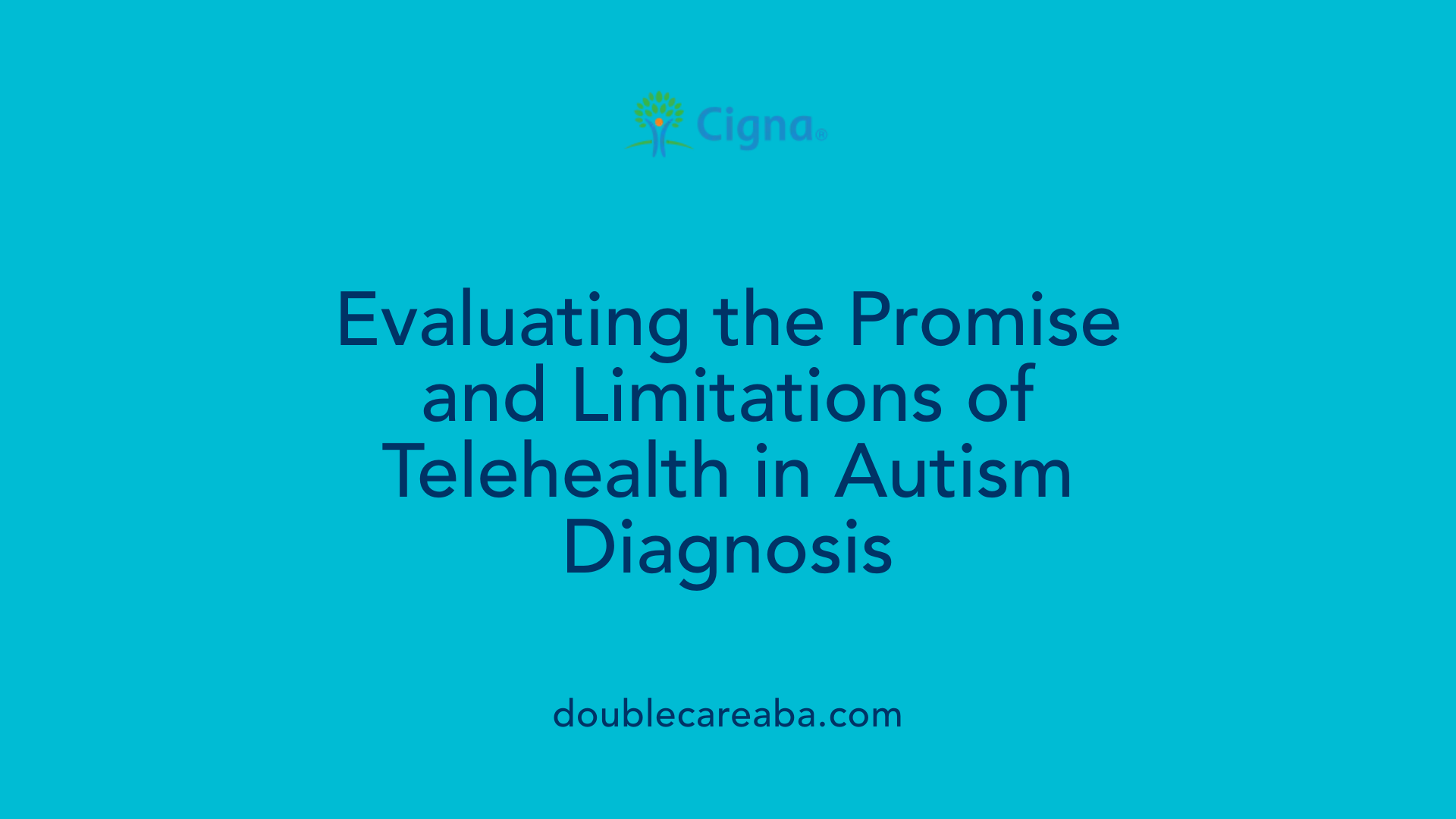 Studies reviewed indicate that telehealth methods for diagnosing autism spectrum disorder (ASD) demonstrate a promising accuracy range of 80% to 91% when compared to traditional in-person assessments. These findings suggest that virtual evaluations can serve as effective tools, especially for initial screenings or follow-up consultations.
Studies reviewed indicate that telehealth methods for diagnosing autism spectrum disorder (ASD) demonstrate a promising accuracy range of 80% to 91% when compared to traditional in-person assessments. These findings suggest that virtual evaluations can serve as effective tools, especially for initial screenings or follow-up consultations.
Within these studies, six reported on validity measures using sensitivity and specificity. Sensitivity, which indicates the ability to correctly identify individuals with ASD, ranged from 75% to 100%. Specificity, reflecting the ability to correctly identify those without the disorder, varied from approximately 69% to 100%. Higher sensitivity and specificity values reveal that telehealth assessments can reliably detect autism traits in many cases.
The advantages of telehealth assessments become especially evident during situations like the COVID-19 pandemic and for families living in underserved communities. These remote methods reduce barriers to access, allowing more individuals to undergo screening and preliminary evaluation without the need for travel or prolonged waits.
However, it's important to understand that virtual assessments are often part of a broader diagnostic process. While they are useful for initial detection, comprehensive diagnosis generally involves detailed developmental history, behavioral observation, and clinical testing conducted by trained professionals in-person. Thus, telehealth tools should complement, not replace, traditional evaluations for accurate and thorough ASD diagnosis.
Overall, the integration of telehealth into autism assessment practices enhances accessibility and offers reliable preliminary insights, although it should be paired with in-person assessments for definitive diagnosis.
Limitations and Challenges of Online Autism Tests
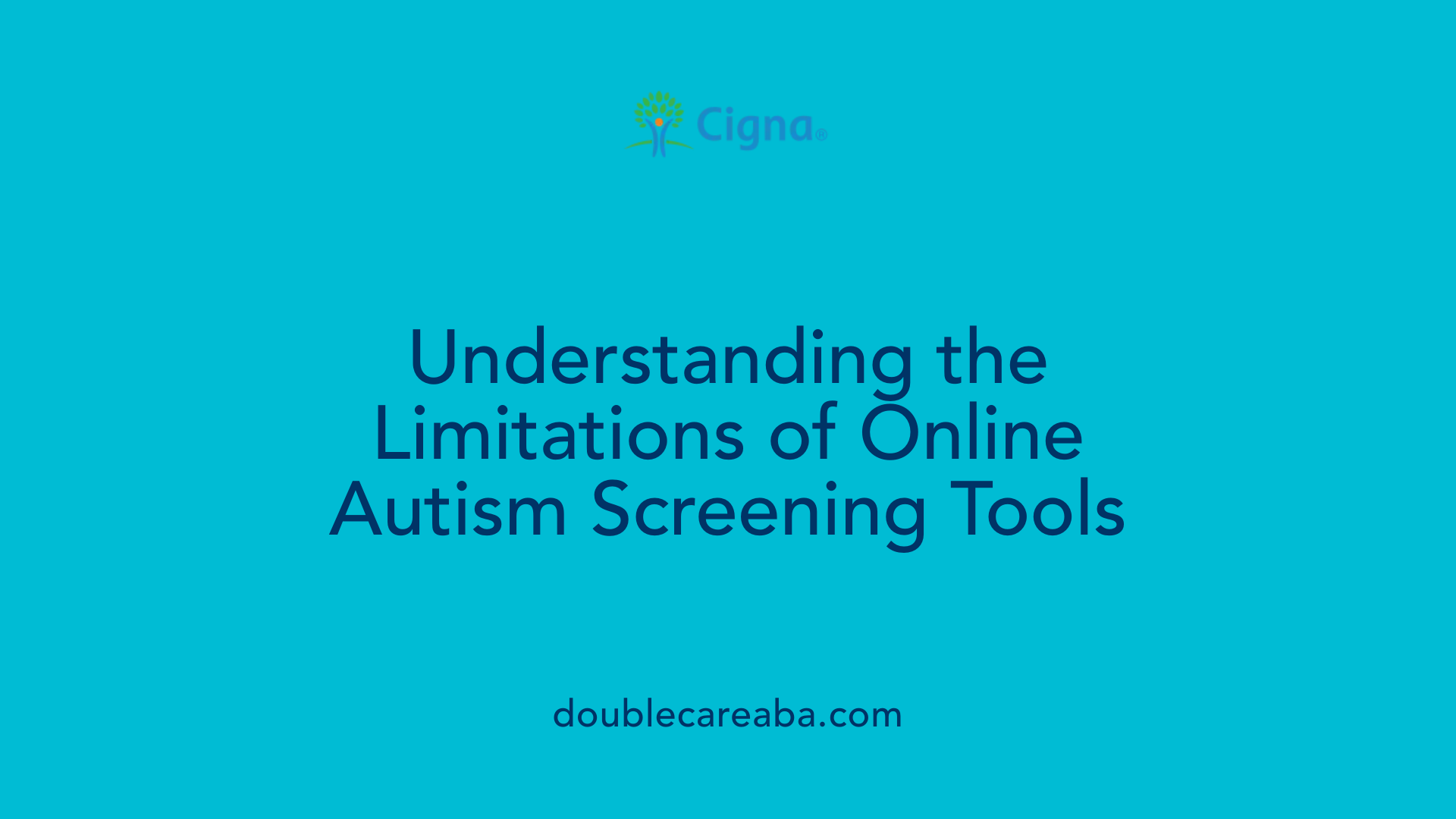
How conclusive are online autism tests?
Online autism tests serve mainly as initial screening tools rather than definitive diagnostic methods. They can suggest whether an individual might have autistic traits, but they cannot confirm a diagnosis. For example, tools like the Autism Spectrum Quotient (AQ-10) and the RAADS–R have shown reasonable accuracy, with some studies reporting sensitivity up to 97% and perfect specificity at 100%. However, these results are based on self-reports and do not replace in-depth clinical assessments.
The accuracy of online tests depends heavily on honest self-reporting and understanding of questions, which can vary among individuals. While they can raise awareness and motivate further professional evaluation, they are not sufficient for a conclusive diagnosis.
Professional evaluations involve comprehensive methods, including observations, interviews, and use of standardized diagnostic tools such as the ADOS-2 and ADI-R. These assessments allow trained clinicians to observe nuanced behaviors and contextual factors that online tests cannot capture.
In summary, online autism tests are beneficial as preliminary screening tools, helping individuals recognize potential signs of autism and encouraging them to seek formal assessment. However, an official diagnosis can only be made by qualified healthcare professionals through thorough evaluation.
Understanding the Scientific and Medical Validation of Online Tests
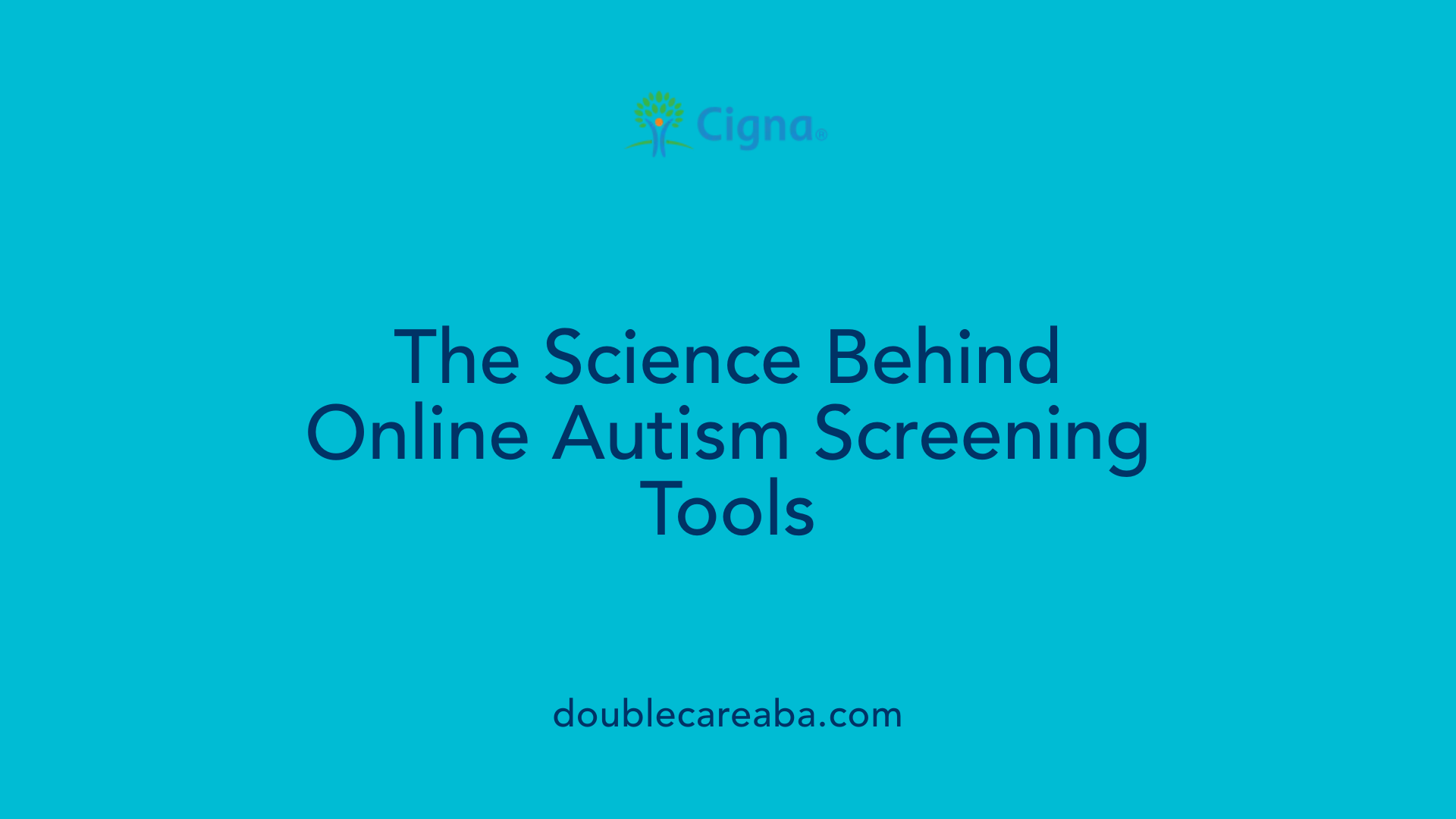 Many adults and caregivers turn to online screening tools to gain early insights into autism spectrum disorder (ASD). Among these tools, the RAADS–R (Ritvo Autism Asperger Diagnostic Scale-Revised) and AQ-10 (Autism Spectrum Quotient) are prominent, supported by scientific research validating their effectiveness.
Many adults and caregivers turn to online screening tools to gain early insights into autism spectrum disorder (ASD). Among these tools, the RAADS–R (Ritvo Autism Asperger Diagnostic Scale-Revised) and AQ-10 (Autism Spectrum Quotient) are prominent, supported by scientific research validating their effectiveness.
The RAADS–R has demonstrated high accuracy, with sensitivity reaching up to 97% and perfect specificity at 100%. This means it is highly effective at correctly identifying individuals with autism while minimizing false positives. The test has shown consistent reliability over repeated administrations, confirmed through test-retest studies (r=0.987), and aligns well with DSM-5 criteria for autism. Higher scores on the RAADS–R, typically 65 or above, suggest a strong likelihood of autism, although they do not constitute an official diagnosis.
Similarly, the AQ-10 is a brief, self-report questionnaire designed to screen for autistic traits in adults. Developed by the Autism Research Centre at the University of Cambridge, it recommends a cut-off score of 6. Scores above this threshold suggest the need for further assessment, while lower scores indicate fewer traits. Despite its utility, the AQ-10, like other online tools, has limitations such as reliance on self-reporting and inability to observe nuanced behaviors directly.
These screening tools are valuable for initial awareness and exploration. However, they are not substitutes for comprehensive clinical assessments. The RAADS–R and AQ-10 serve as preliminary indicators that can prompt individuals to seek formal evaluations by trained professionals.
Table: Comparing RAADS–R and AQ-10
| Tool | Designed For | Sensitivity | Specificity | Recommended Cut-off | Purpose | Limitations |
|---|---|---|---|---|---|---|
| RAADS–R | Adults | 97% | 100% | 65+ | Preliminary screening for adult autism | Not a diagnostic test, requires professional follow-up |
| AQ-10 | Adults, Children, Adolescents | Not specified | Not specified | 6+ | Quick screening for autistic traits | Self-report bias, limited in-depth analysis |
More about validated online autism questionnaires RAADS-R and AQ-10 Research supports the use of these tools as highly sensitive and specific measures for identifying traits associated with autism. They are especially useful for highlighting individuals who might benefit from further, more detailed diagnostic assessments.
Online screening tools like these can play an important role in early detection, especially when access to specialist clinics is limited. However, a formal diagnosis still requires a thorough clinical evaluation performed by qualified healthcare providers, including interviews, observational assessments, and cognitive testing.
The Diagnostic Process and the Importance of Professional Evaluation
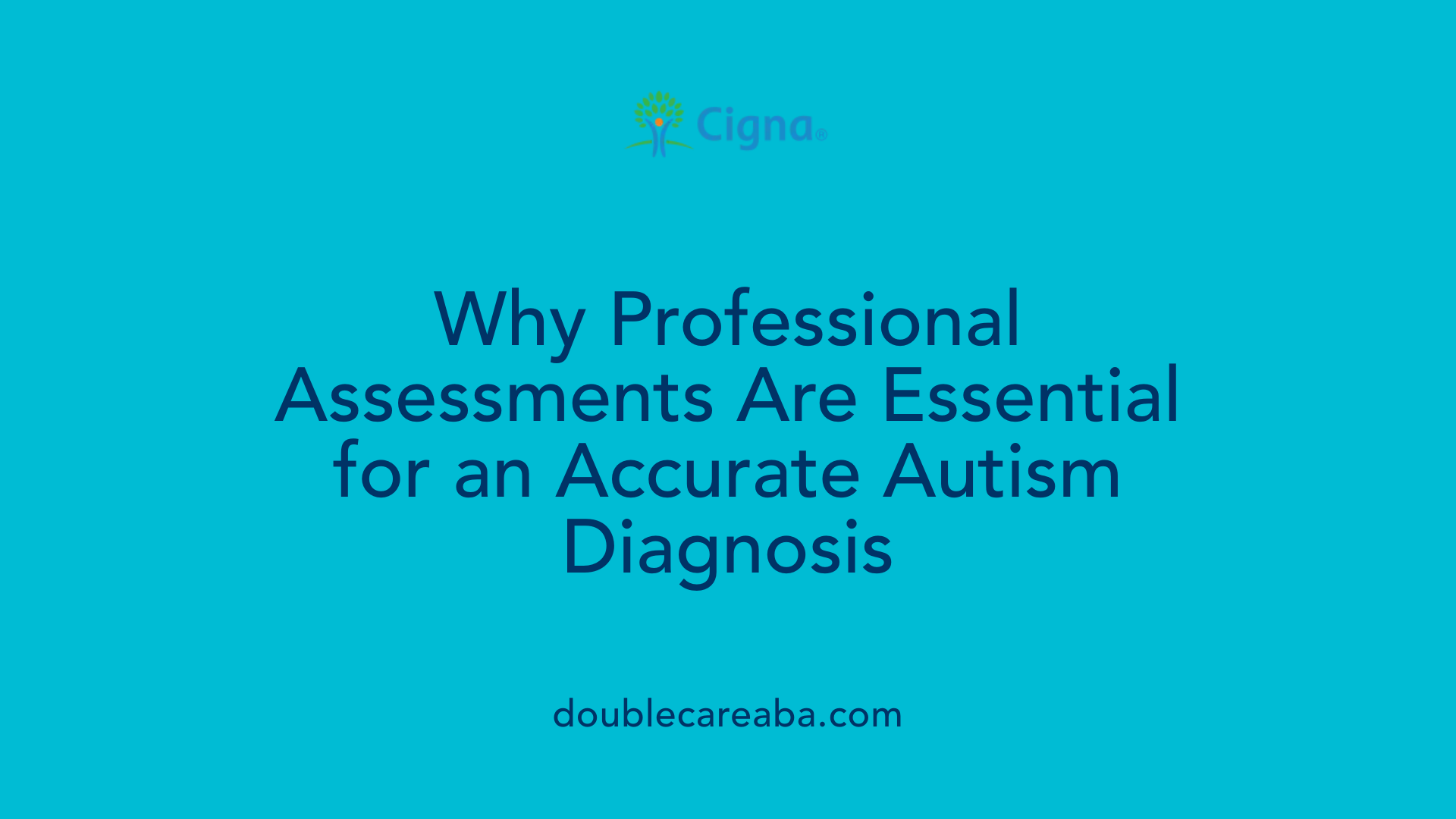
What is the most accurate way to test for autism?
Diagnosing autism spectrum disorder (ASD) requires a thorough and multi-faceted approach that combines various methods to ensure accuracy. Unlike medical tests such as blood work or scans, autism diagnosis relies heavily on clinical assessment by trained professionals.
A comprehensive evaluation typically involves structured interviews, direct observations, and the use of standardized tools. The Autism Diagnostic Interview-Revised (ADI-R) is an extensive interview conducted with caregivers, gathering detailed developmental histories. The Autism Diagnostic Observation Schedule (ADOS-2) involves clinicians observing behaviors and social communication skills directly.
Additional assessments like the Diagnostic Interview for Social and Communication Disorders (DISCO) and questionnaires such as the RAADS-R (used mainly for adults) and the Autism Spectrum Quotient (AQ) provide further insights. These tools help uncover subtle signs and masking behaviors that might be hidden in informal assessments.
It is essential that only qualified psychologists or clinicians trained in these standardized methods perform the diagnosis. They interpret the data based on DSM-5 or ICD-11 criteria, ensuring a reliable and valid diagnosis.
By integrating interview results, behavioral observations, and standardized tests, professionals can accurately identify ASD. This comprehensive approach helps distinguish autism from other developmental or behavioral conditions and guides appropriate support and intervention plans.
The Significance of Early Screening and Diagnosis for Better Outcomes
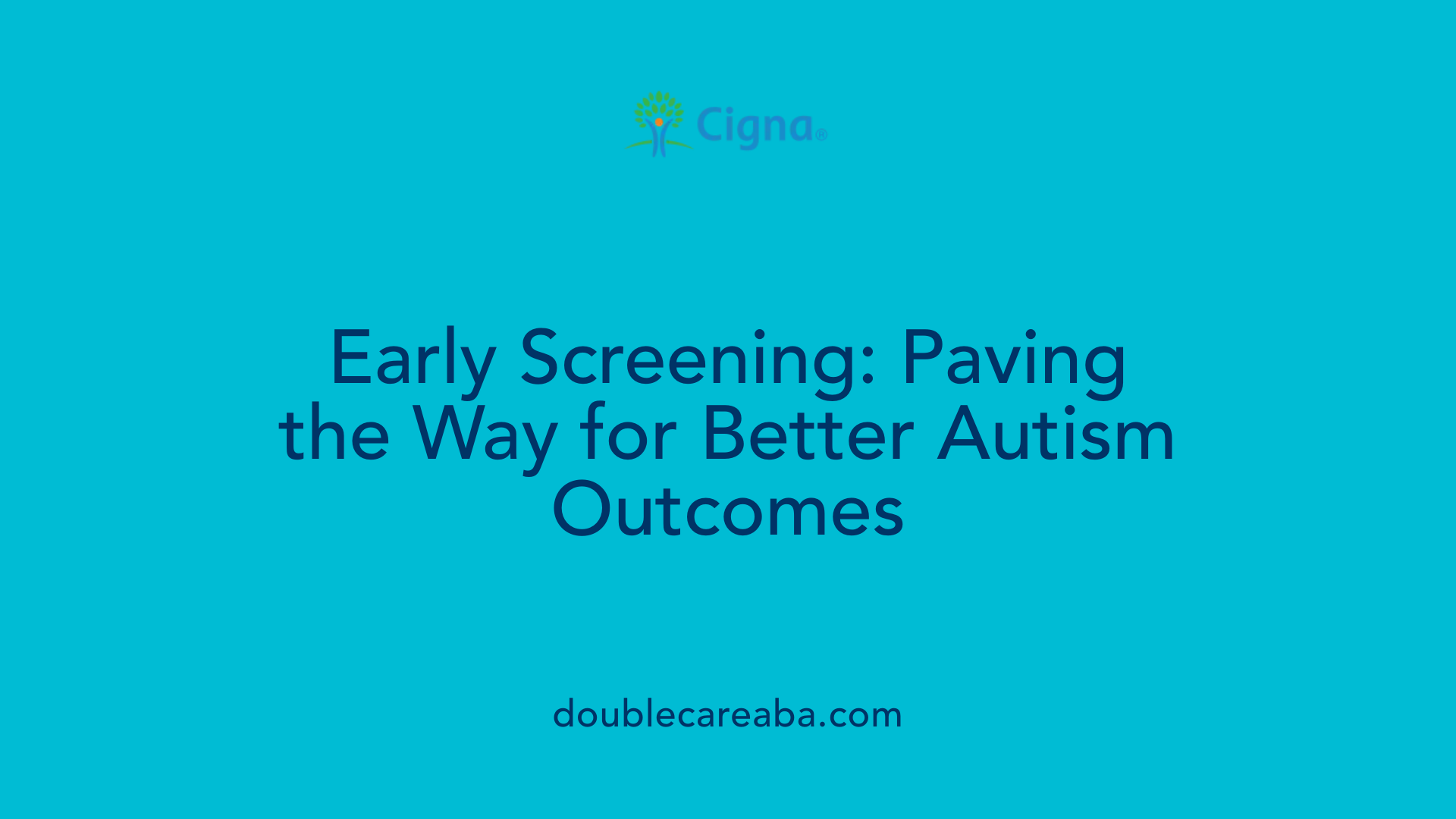
What are the benefits of early intervention?
Early screening for autism is crucial because it can lead to earlier diagnosis and intervention. When autism is identified at a young age, children have access to specialized therapies and educational supports that can enhance their development. Early intervention has been linked to better social, communication, and behavioral outcomes in autistic individuals. For example, individualized therapies initiated during early childhood can foster more positive growth trajectories and improve long-term functioning.
How do screening and diagnostic evaluations differ?
Screening tools serve as preliminary checks that highlight children or adults who may have autistic traits. These are often quick questionnaires or checklists, such as the M-CHAT-R or AQ-10, which suggest whether further assessment is needed. However, a positive screening does not confirm autism.
Diagnostic evaluations are comprehensive and conducted by trained healthcare professionals. They include detailed developmental histories, behavioral observations, interviews with caregivers, and the use of standardized diagnostic tools like ADOS-2 or ADI-R. These steps ensure an accurate diagnosis, which is essential for effective planning and intervention.
What is the role of online tools in early detection?
Online autism assessments, including questionnaires like the AQ-10 or RAADS–R, provide a convenient way for individuals and caregivers to identify potential signs of autism. These tools are usually accessible and can serve as starting points for awareness.
While useful for initial screening, online tests have limitations. They rely on self-reporting, lack clinical observation, and cannot capture all subtleties of behavior. They are not diagnostic and should always be followed by a professional assessment for a definitive diagnosis.
Recent research indicates that telehealth approaches and online screeners can be viable adjuncts, especially during situations like the COVID-19 pandemic, where in-person evaluations may be challenging. Nonetheless, a full diagnosis requires a thorough evaluation by healthcare providers trained in autism diagnostics.
| Assessment Type | Purpose | Strengths | Limitations |
|---|---|---|---|
| Screening Tools | Identify individuals likely to have ASD | Easy to access; quick; can be done online | Not conclusive; can result in false positives or negatives |
| Diagnostic Evaluations | Confirm autism diagnosis | Comprehensive; conducted by professionals | Time-consuming; requires in-person assessment before diagnosis |
In summary, early screening and diagnosis significantly impact access to appropriate services. Online tools help raise awareness and prompt professional evaluations, ultimately fostering better outcomes for autistic individuals.
Summarizing the Limitations and Responsible Use of Online Screening Tools
Are online autism tests accurate?
Online autism screening tools, such as the AQ-10 and RAADS-R, are designed to identify individuals who may exhibit traits associated with ASD. These tools can be valuable for raising awareness and encouraging further professional assessment. However, they are not definitive diagnostic instruments. While some online assessments show moderate accuracy—RAADS-R, for example, demonstrates high sensitivity and perfect specificity—they cannot replace comprehensive clinical evaluations.
In-person diagnostic assessments involve a detailed developmental history, behavioral observations, and the use of established tools like the ADOS-2 and ADI-R. These methods are crucial for an accurate diagnosis. Telehealth approaches are emerging as promising alternatives, especially in remote or underserved communities, but their reliability depends on proper implementation and individual circumstances.
Overall, online tests should be considered initial screening steps. They are helpful for indicating the possibility of ASD and prompting individuals or caregivers to seek professional assessment. Relying solely on these tools for diagnosis is inappropriate, as they cannot capture the nuanced behavioral and developmental factors used by clinicians to confirm ASD.
Final Thoughts on Online Screening and Professional Diagnosis
Online autism screening tools serve as valuable initial indicators that can help increase awareness and prompt further professional evaluation. They are not substitutes for thorough, clinical assessments that consider behavioral observations, developmental history, and standardized diagnostic criteria. While virtual assessments have shown promising accuracy, particularly during times when in-person evaluation may be difficult, the final diagnosis must be made by qualified healthcare providers. For anyone concerned about autism, these tools can support early detection, but seeking referral and comprehensive assessment remains essential for an accurate and effective diagnosis. Continued research and validation aim to improve the reliability of online screening tools, but users should always approach them as preliminary aids within the broader diagnostic process.
References
- A scoping review of telehealth diagnosis of autism spectrum disorder
- Autism screening
- RAADS–R | Embrace Autism
- Online autism tests (AQ-10) for adults and teens - Priory Group
- Autism Test for Kids and Teens - Child Mind Institute
- Autism Screening & Assessments
- Autism spectrum disorder: psychological and functional assessment ...
- Understanding Remote Autism Assessments: Our Guide
- What happens during an autism assessment - National Autistic Society
- Autism Support at Priory















